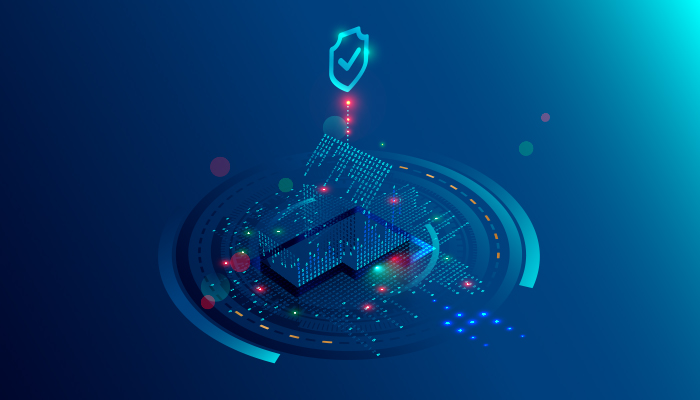
What is cyber insurance
With cybercrime becoming a major threat to businesses across the world, irrespective of their size, cyber insurance is fast becoming a necessity more of a necessity than a choice. However, the concept of cyber insurance is still fairly new and not many SMBs are aware of its benefits. Cyber insurance is an insurance that covers your liability in the event of your business becoming a victim of cybercrime. For example, a data breach puts you at risk of lawsuits, makes you liable to your customers/other parties whose data has been compromised because of/via your organization. Cyber insurance covers the financial aspect of such liabilities, making it easier for you to deal with them.
Why do you need cyber insurance
Many organizations think of cyber insurance as an added cost. They believe they don’t need it for various reasons.
Bigger organizations think their IT security measures are watertight and they won’t fall victim to cybercrime, and they also tend to believe that even if they are affected in a one-off case of cybercrime, they are solid enough to discharge their liabilities and come out of the incident with their brand value intact.
SMBs, on the other hand, think cybercriminals are most likely to target the bigger players and they don’t need cyber insurance. But, in reality, it is the smaller businesses that are at a greater threat–primarily, because
- They lack the resources to strengthen their IT infrastructure and their staff is less likely to be trained in identifying cyber threats, making them more vulnerable
- They are less likely to recover from the damage to their financial and brand health as a result of falling victim to cybercrime
The bottom line is, every organization–big or small, needs cyber insurance today. Cyber insurance, however, is not a replacement for cybersecurity. Having cyber insurance doesn’t mean you can be lax about cybersecurity. It is meant as a buffer, to help.your business survive when something slips through the cracks. An MSP can help you tighten your cybersecurity and prevent data breaches and other untoward incidents. Also, being well versed with the IT industry, your MSP can help you understand the IT risks that you need to get covered for. They can also help you pick out the right cyber insurance policies, in some cases, some of them even being insurance advisors or agents.

